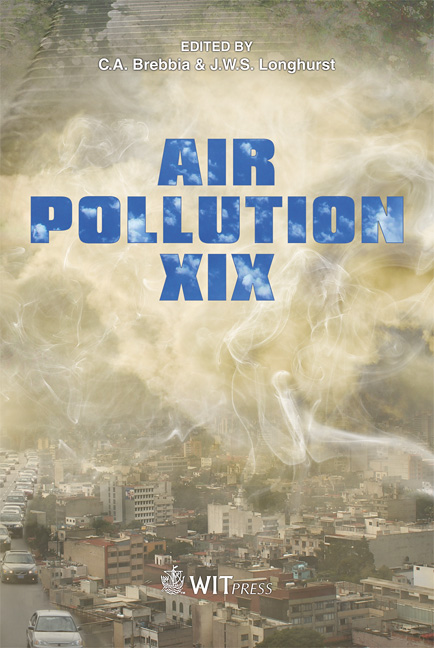Assessing Air Pollution Risk Potential: Case Study Of The Tohoku District, Japan
Price
Free (open access)
Transaction
Volume
147
Pages
10
Page Range
267 - 276
Published
2011
Size
613 kb
Paper DOI
10.2495/AIR110251
Copyright
WIT Press
Author(s)
Y. A. Pykh & I. G. Malkina-Pykh
Abstract
The main purpose of the study was to propose the index of air pollution risk potential Kp, to prove its acceptability and to demonstrate the results of its application in a case study of the Tohoku district, Japan. Kp reflects climatic conditions, which are typical for a given area and determine both accumulation and dispersion of pollution in the atmosphere. Important applications of the index Kp are urban planning, industrial location in relation to sensitive areas and air quality management. The results of an index application can be easily interpreted, the number of the elements taken into account is quite small, however, it reflects the basic factors of the air pollution risk potential. Keywords: air pollution, risk potential index, climatological analysis, weather appearance distribution. 1 Introduction The worldwide evidence on airborne particulate matter and its impact on public health consistently shows adverse effects to exposures that are currently experienced by populations in both developed and developing countries. The epidemiological evidence shows impacts following both short-term and longterm exposures. Air pollution is caused by both natural and man-made sources. Major man-made sources of ambient air pollution include industries, automobiles, and power generation. The pollution levels at any place and time represent balance between the rates of emission from their sources and the rate at which they are removed from the atmosphere [1]. The assimilative capacity of the atmosphere determines the dilution and dispersion of the pollutants. From the other hand, air pollutants can
Keywords
air pollution, risk potential index, climatological analysis, weather appearance distribution





